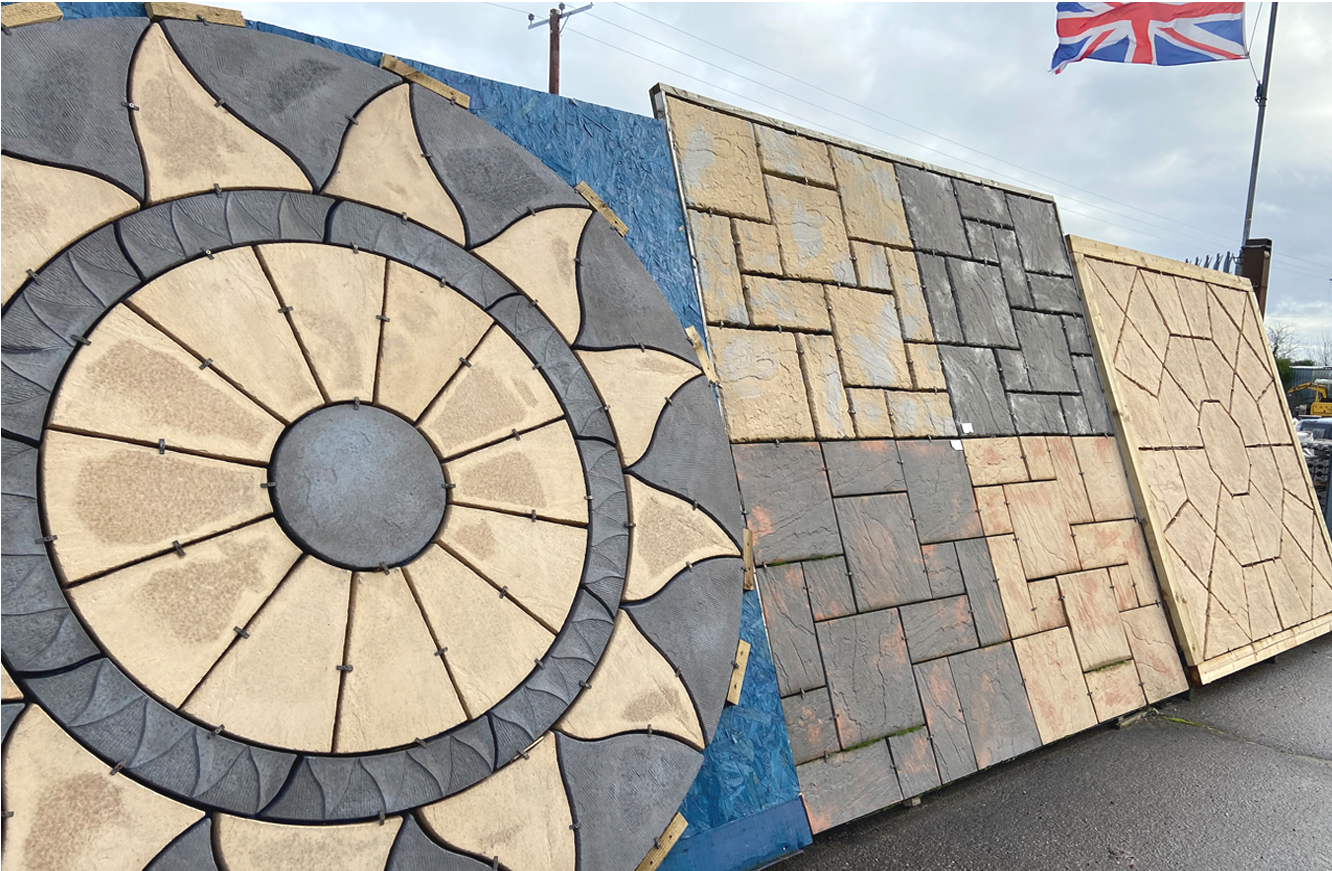
![]() > Advice Guides > Block Paving Installation
> Advice Guides > Block Paving Installation
Block Paving Installation Guide
As with all installation projects, preparation is key.
The excavation depth for a typical domestic driveway is 200-250mm
below finished paving level, based on :
- 100-150mm sub-base
- 40mm sand bed
- 50mm block
Spread, level and compact a minimum 100mm thick layer of sub-base material. There should be no voids within the sub-base – any such voids should be filled with stone dust or grit sand and compacted before placing the laying course. You can lay a membrane under the sub-base, but this is optional, and dependent on the type of soil you have, but it prevents the sub-base being pushed into the ground.
Set up your line for the edges of your project – the edge blocks should be laid first, and set in concrete to give a good neat and tidy finished edge.
Spread, level and compact laying course sand and screed to correct level.
When compacted, the laying course sand should be 25-40mm deep.
The key to successful screeding is creating a smooth, even and flowing surface on which to lay the blocks.
The surface profile of the screeded laying course more or less matches that of the finished area, so attention to detail is important.
When laying the blocks, work from the already laid paving, not from the screeded laying course. If using multiple packs, select randomly from each pack to blend any colour variances. Whilst laying check regularly the levels and alignment of the blocks, adjusting if necessary. Once the full blocks have been laid, then any cuts required should be done afterwards.
Once all the cuts have been done and set in, the final task is the jointing.
Using a Kiln-dried jointing sand this is spread over the blocks and brushed in with a soft brush.
The paving is now compacted using a vibrating plate compactor (wacker plate). Vibrate over each section of paving 4-6 times, changing the direction each time you do it.
Any excess jointing sand can be swept off the surface and it is now ready to use. After the first couple of weeks, the jointing sand may settle and should be topped up if required.
Sealing Block Paving will assist in the maintenance and help to protect the paving. Always follow the manufacturer’s installation advice on any product applied, as some products will change the look of the paving.
The above information is given in good faith, but for guidance only, and we cannot be held responsible for any problems that might occur.
Get in touch
Contact us with regards to any enquiries and further information you require on our products.
We deliver to most locations in Somerset (Weston-Super-Mare, Burnham-on-Sea, Bridgwater, Taunton, Exeter, Street, Glastonbury) If you need your products delivered please contact us


